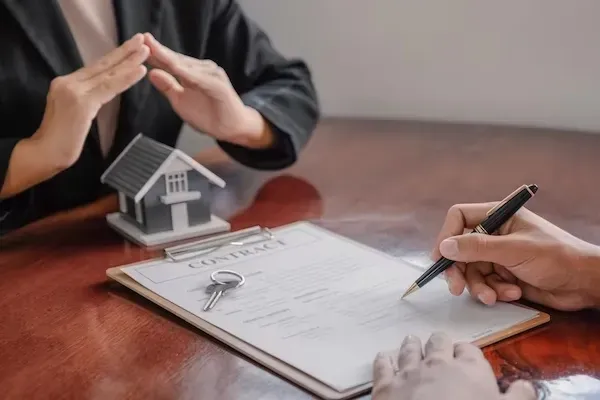
The Facts About Second Mortgages
The Facts About Second Mortgages

Your Home: An Asset for Financial Flexibility
Your home is likely your most significant asset, offering a valuable resource when you need additional funds. In recent years, many homeowners have turned to their property’s equity to secure extra money. One effective way to access this equity is through a second mortgage.
What is a Second Mortgage?
A second mortgage is a loan taken out in addition to your primary mortgage, based on the equity you’ve accumulated in your home. Commonly used for purposes such as home renovations, debt consolidation, or funding education, a second mortgage typically involves simpler underwriting and lower transaction costs compared to your first mortgage, although the interest rates may be slightly higher.
How It Works
With a second mortgage, you borrow a fixed sum against your home’s equity and repay it over a specified period. This loan amount is added to the balance of your existing mortgage, which means your total debt against the home will increase.
Considerations
Before taking out a second mortgage, ensure you have substantial equity built up in your home—this means having made significant payments on your original mortgage. If your equity is minimal, the higher interest rates and lower borrowing limits may not justify pursuing a second mortgage at that time.
Alternative Options
Explore other ways to borrow against your home equity, such as a home equity loan or a home equity line of credit (HELOC). Each option has distinct features and may suit different financial needs. Your choice will depend on your financial situation, the amount you need to borrow, and the equity available.
By understanding your options and carefully evaluating your financial position, you can make an informed decision about leveraging your home equity to meet your needs.
